It’s 90 degrees out and summer is officially here…
And I'm ready to go tubing! But without fail, every year when I go tubing down the Cannon river, I almost always get a little sunburned. It doesn't seem to matter how many times I re-apply sunscreen, there's something about sitting in a tube for four hours on a lazy river under the sun that does it. (Surprise surprise)
So, I figured this was a good time to share with you the natural remedies I commonly use when summer fun results in a painful sunburn.
My favorite ways to soothe sunburn naturally.
HOMEMADE DIY ALOE GEL
Aloe is everyone's favorite - and rightfully so - because of its simplicity and ease. You can buy aloe gel at just about any pharmacy nowadays, but most brands are full of strange chemicals and preservatives in order to keep them shelf stable. A more natural (and significantly cheaper) option is to harvest your own aloe gel and keep it in the fridge after you've fried your poor skin.
Make your own DIY aloe gel:
Cut off the outermost leaves - these are the oldest and full of soothing gel.
Rinse the leaves and carefully peel them using a sharp knife on a clean cutting board. It is easiest to remove the serrated edges first, and then peel off the top and bottom of the leaves.
Transfer the gel to a small mason jar. This will keep fresh in the fridge for up to a week.
LAVENDER AND IT'S MANY USES
Lavender might be best known for its relaxing scent, but its real magical power lies in its ability to heal tissue. This was discovered in 1910 by René-Maurice Gattefossé, a French chemist and the grandfather of aromatherapy. While in his lab he badly burned his arm. By reflex, he quickly plunged his arm in the closest vat of liquid, which happened to be lavender essential oil. He was later surprised at how quickly his arm healed - with no scarring!!
I use and love lavender in these three forms when I am suffering from sunburn:
Dried lavender flowers/buds: Bundle and secure the loose buds with cheesecloth and place under the faucet while running a cool (NOT HOT) bath. Soak in the fragrant and soothing water for 15-20 minutes.
Lavender essential oil: You can apply organic lavender e.o. directly to the skin at sunburn areas. While most essential oils are too volatile to apply directly to the skin, lavender is gentle and healing enough to use directly. (**NOTE: I would not recommend direct application on children under 12. Dilute 10-15 drops in an ounce of carrier oil such as jojoba or almond oil for children, or adults with extremely sensitive skin.)
Lavender hydrosol: This is one of my favorite things to use when my face gets too much sun. Hydrosols are the water soluble byproduct that is produced when essential oils are manufactured by steam distillation. They are usually found in 4-6 oz spray bottles and sprayed on the face or any part of the body that’s burned. I like to keep mine in the fridge for an extra cooling sensation!
We carry our favorite brand of USDA organic essential oils - Pranarôm - here in the clinic. Stop by pick up a bottle of lavender oil or hydrosol next time you’re in the clinic!
CHINESE HERBAL BURN BALM
Ching Wan Hung balm is made with Chinese herbs that are known for their heat clearing and anti-bacterial properties. It has long been used in China for every type of burn: chemical, steam, radiation, fire, direct contact with hot liquid, and basic sunburn.
On the downside, it has a strangely salty/savory smell, so don't expect a minty refreshing scent just because it contains some menthol. To use, clean the affected area first with soap and water and then apply a generous amount of balm directly to the skin. Cover with sterile gauze and change dressing daily. (**Note: the balm contains herbs with a natural red color that may stain clothing.)
I hope this post gave you a few more tools in your natural remedy toolbox for when you accidentally get too much sun. Enjoy!
*The information provided on this site is intended for your general knowledge only and is not a substitute for professional medical advice or treatment for specific medical conditions. You should not use this information to diagnose or treat a health problem or disease without consulting with a qualified healthcare provider. Please consult your healthcare provider with any questions or concerns you may have regarding your condition.
*Heads up! This post may contain some affiliate links. If you buy something through one of those links you won't pay a single cent more, but we'll get a small commission that helps keep the content flowing. P.S. We only recommend products we use in our own daily life!





